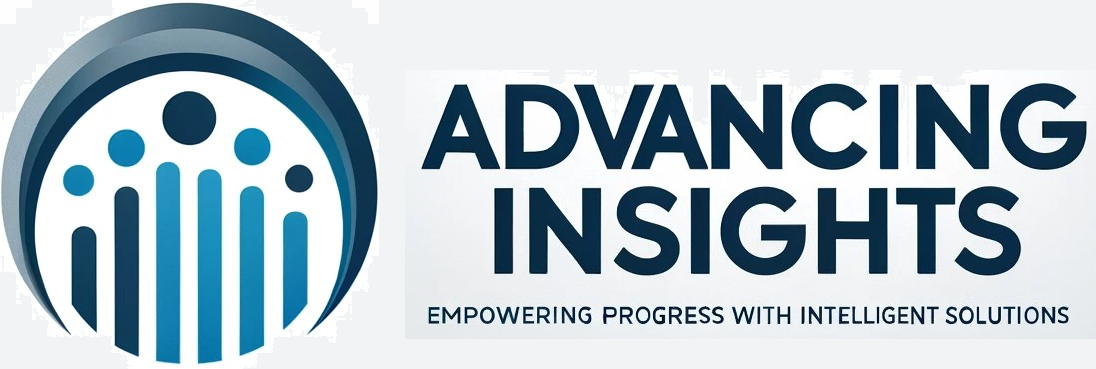Teaching, Training plus Web 2.0 and Social Software
Web 2.0: A New Wave of Innovation for Teaching and Learning? by Bryan Alexander
Mr. Alexander pens a good web 2.0 primer for an educator in any organization, including business. But, he concedes rightfully so, ..."this movement deems continuous improvement to be a hallmark of such projects."
"The term is audacious: Web 2.0. It assumes a certain interpretation of Web history, including enough progress in certain directions to trigger a succession. The label casts the reader back to Sir Tim Berners-Lee 's unleashing of the World Wide Web concept a little more than a decade ago, then asks: What forms of the Web have developed and become accepted enough that we can conceive of a transition to new ones?
Many peopleâ€including, or perhaps especially, supportersâ€critique the - Web 2.0 moniker for definitional reasons. Few can agree on even the general outlines of Web 2.0. It is about no single new development. Moreover, the term is often applied to a heterogeneous mix of relatively familiar and also very emergent technologies. The former may appear as very much - Web 1.0, and the latter may be seen as too evanescent to be relied on for serious informatics work. Indeed, one leading exponent of this movement deems continuous improvement to be a hallmark of such projects, which makes pinning down their identities even more difficult.1 Yet we can survey the ground traversed by Web 2.0 projects and discussions in order to reveal a diverse set of digital strategies with powerful implications for higher education.2 Ultimately, the label - Web 2.0 is far less important than the concepts, projects, and practices included in its scope."
Key Concepts:
- social software, "...has emerged as a major component of the Web 2.0 movement."
- rss/xml,
- ajax,
- blogs,
- folksonomy (tags),
- trackbacks,
- podcasting,
- videoblogs,
- social bookmarking.
- microcontent,
- openness,
- participation.
Mr. Alexander goes on about the net being write-able.
"How do social writing platforms intersect with the world of higher education? They appear to be logistically useful tools for a variety of campus needs, from student group learning to faculty department work to staff collaborations. Pedagogically, one can imagine writing exercises based on these tools, building on the established body of collaborative composition practice. These services offer an alternative platform for peer editing, supporting the now-traditional elements of computer-mediated writing â€asynchronous writing, groupwork for distributed members, and so onâ€but with a different, wiki-like spin.
If social writing platforms support people creating and editing each other's content, a different group of Web 2.0 services explores that content from the outside, as it were. Blogging has become, in many ways, the signature item of social software, being a form of digital writing that has grown rapidly into an influential force in many venues, both on- and off-line."

